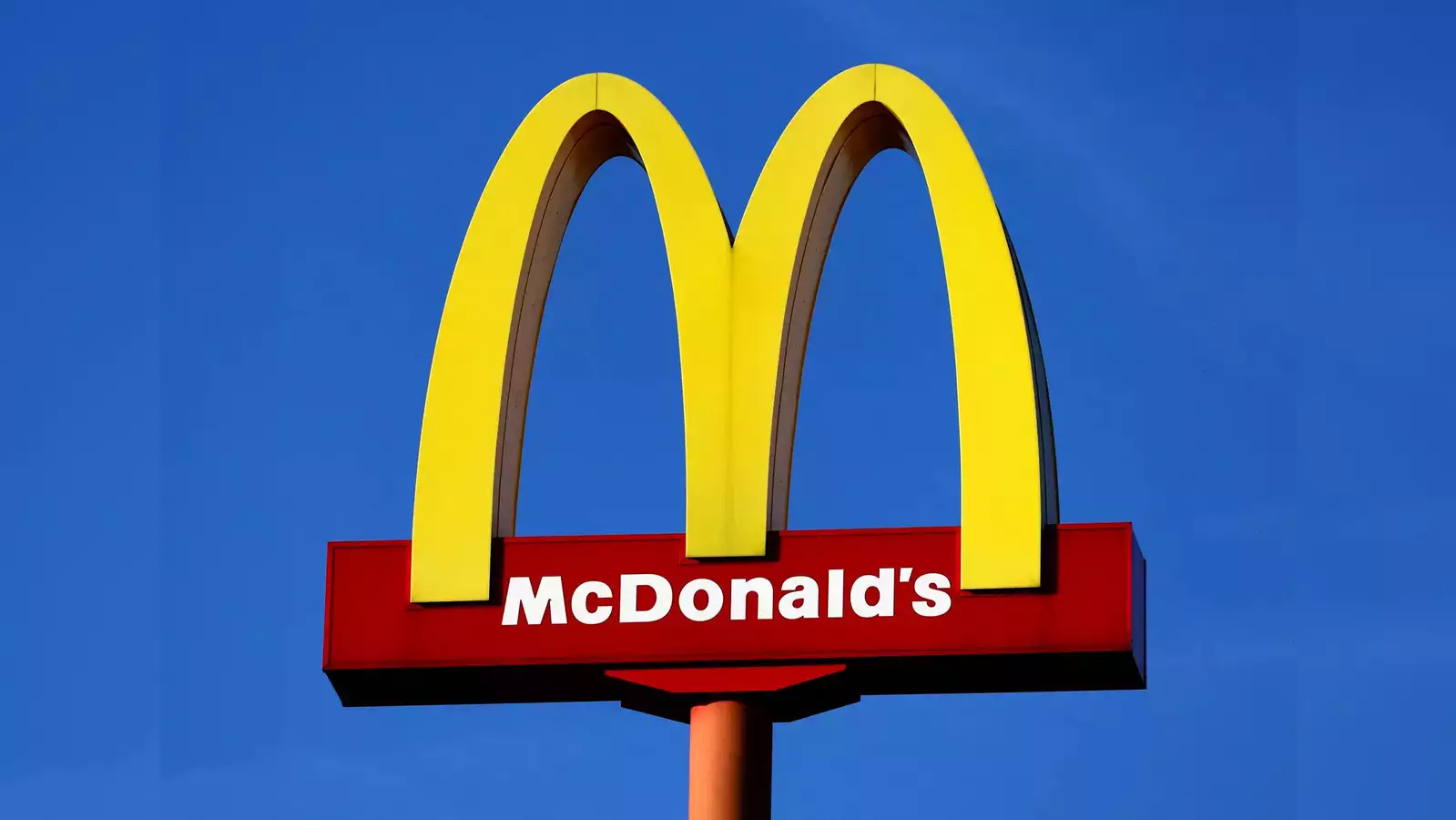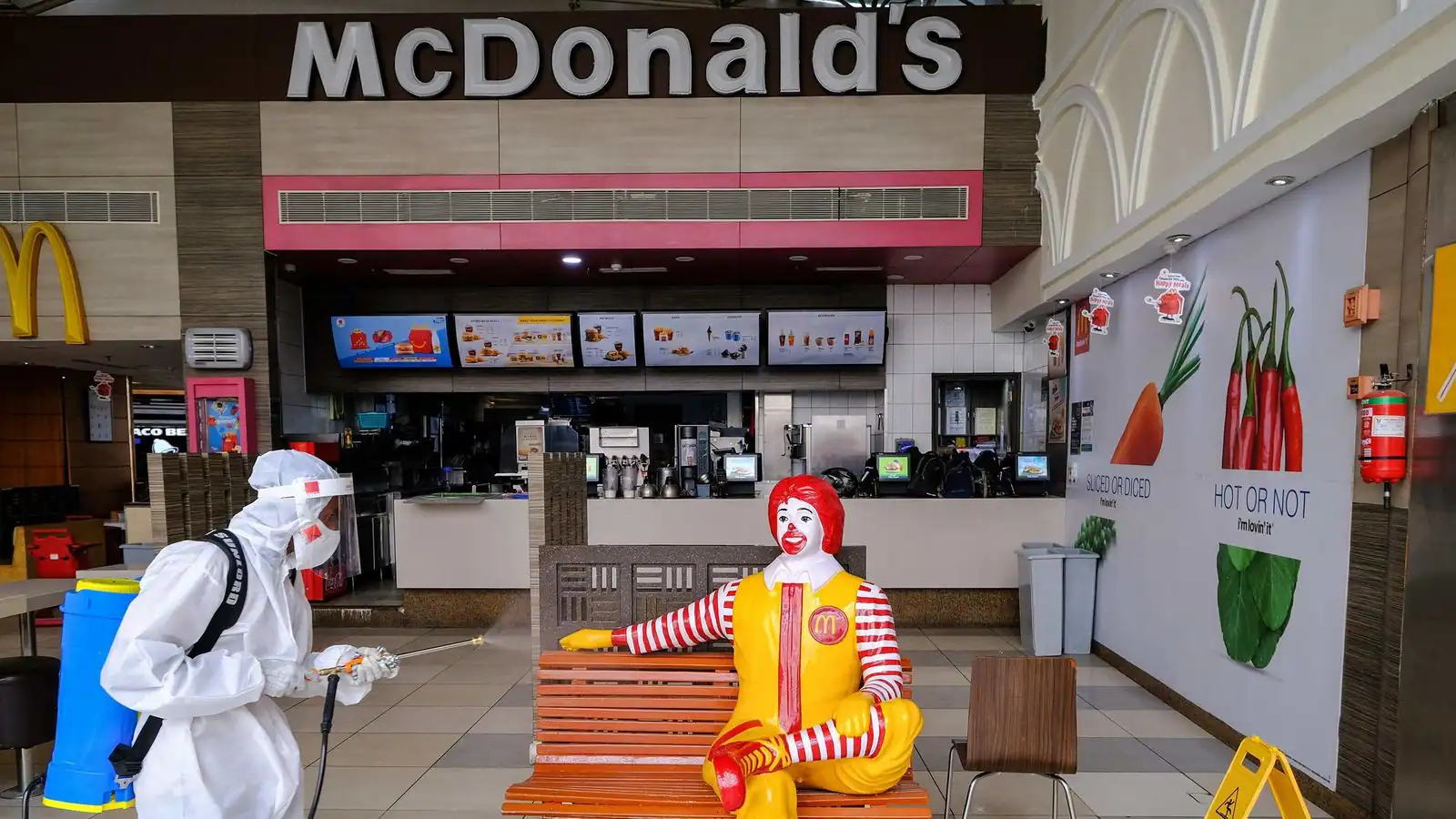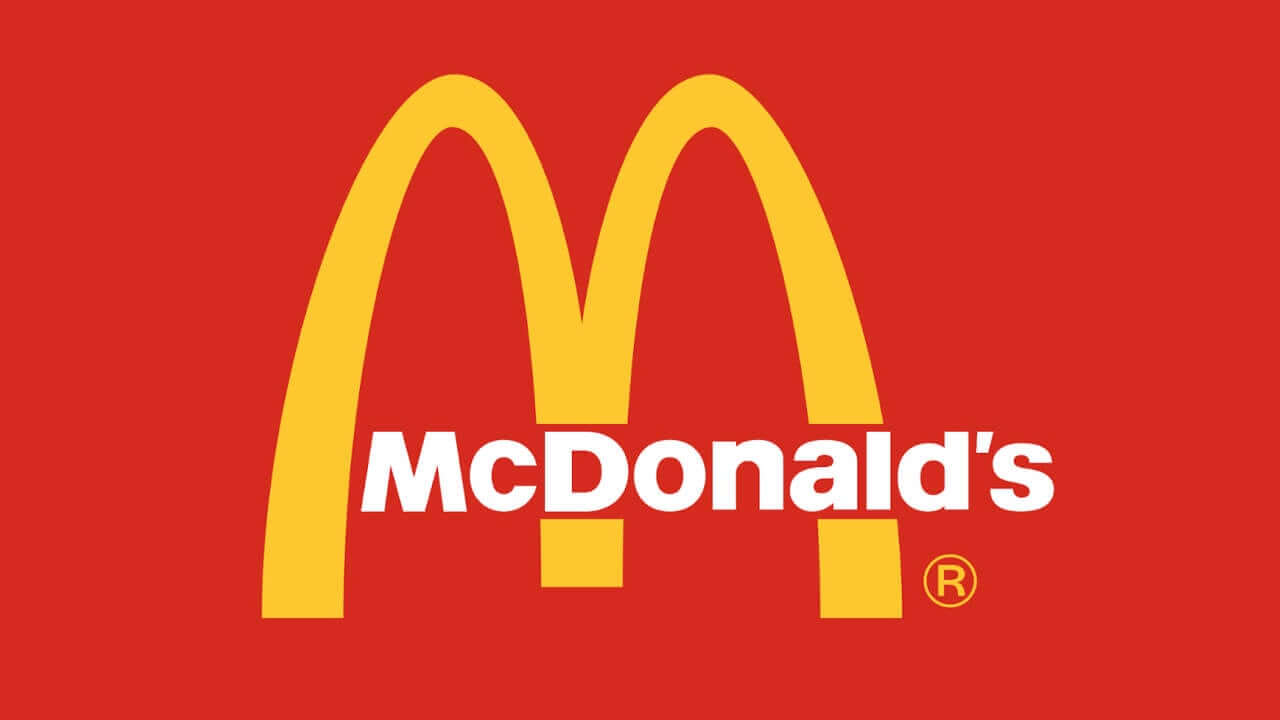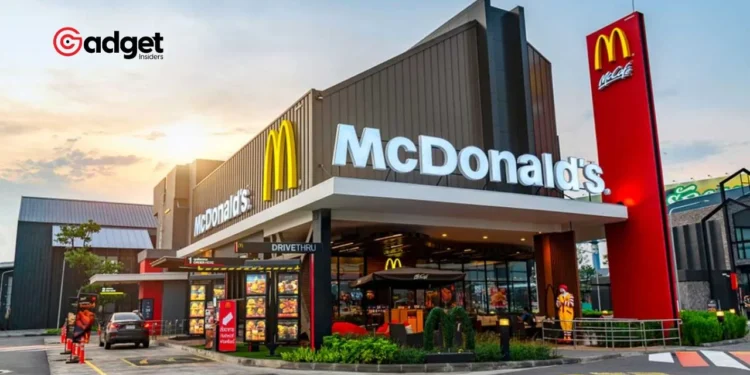In a bold move to win back the affection of budget-conscious customers, McDonald’s has unveiled its latest offering—the $5 Meal Deal. Amidst a backdrop of soaring prices and tightening wallets, this deal emerges as a beacon of affordability in the fast-food landscape. The meal, featuring a choice between a McChicken or McDouble, along with fries and a drink, aims to provide a satisfying dining option without breaking the bank.

Economic Pressures Cook Up New Strategies
The economic downturn has not been kind to the fast-food sector, with McDonald’s experiencing a notable slump in global sales over the past year. The introduction of the $5 Meal Deal is seen as a strategic pivot aimed at addressing the challenges posed by ongoing inflation and its impact on consumer spending habits. According to Bloomberg, this initiative is also supported by The Coca-Cola Company, which has contributed funding to facilitate the rollout of the meal deal.
A recent report by FinanceBuzz highlights the stark reality facing diners—what once cost $5.39 for a Quarter Pounder with cheese meal a decade ago, now commands a price tag of $11.99. It’s clear that the cost-of-living crisis is reshaping dining habits, compelling more Americans to opt for meals at home over dining out.

McDonald’s: Focusing on Affordability
In a recent earnings call, McDonald’s CEO Chris Kempczinski emphasized the company’s commitment to affordability. “We have to be laser-focused on affordability,” he stated, acknowledging the need for a value-centric approach to attract a broad spectrum of customers. The absence of a national value platform in the U.S. has been felt deeply, and the $5 Meal Deal is poised to fill this gap, offering tangible value to consumers across all income levels.
The announcement of the meal deal led to a 2.7 percent increase in McDonald’s shares, marking its most significant daily rise since January 2023. This development contrasts sharply with the fortunes of competitors like Wendy’s and Burger King, whose share prices have dipped in response.
An irritated Gavin Newsom immediately shuts down reporter that asks about the healthcare worker minimum wage that wasn’t covered in his budget deficit reform.
It’s worth noting California healthcare workers are currently being paid less than McDonald’s fry jockeys pic.twitter.com/UzpqaDbY88— Kevin Dalton (@TheKevinDalton) May 11, 2024
Challenges Ahead: Franchisee Fears and Legal Hurdles
Despite the corporate optimism, McDonald’s faces considerable challenges in persuading U.S. franchise owners to embrace the new deal. Earlier this year, 95 percent of franchisees opposed the introduction of the $5 Meal Deal, citing concerns over potential earnings losses. This resistance is especially pronounced in California, where recent legislation has mandated a minimum wage of $20 per hour for fast-food workers, prompting price hikes across the sector.

Looking Forward
As McDonald’s gears up to navigate these turbulent waters, the effectiveness of the $5 Meal Deal as a strategy to boost foot traffic and sales will be closely watched. With affordability as its main selling point, the fast-food giant hopes to rekindle its relationship with customers who are increasingly feeling the pinch of inflation.
As this story develops, McDonald’s continues to engage with its franchisees and stakeholders to ensure the successful implementation of its new pricing strategy, aiming to strike a balance between value and profitability in these inflationary times.










